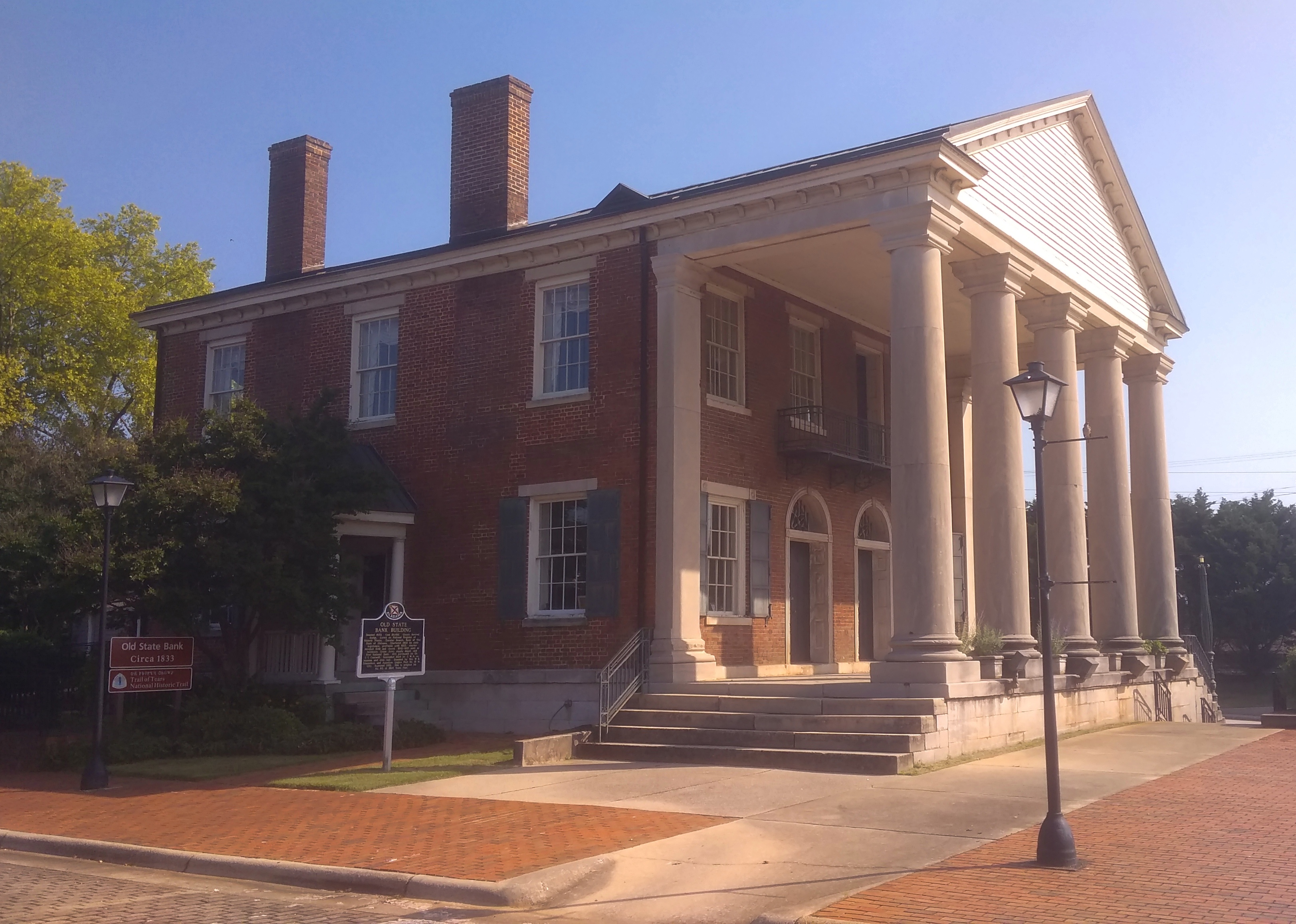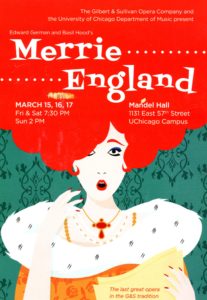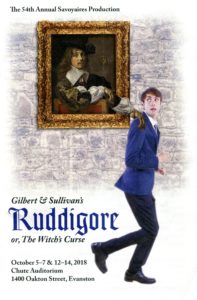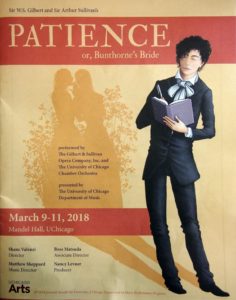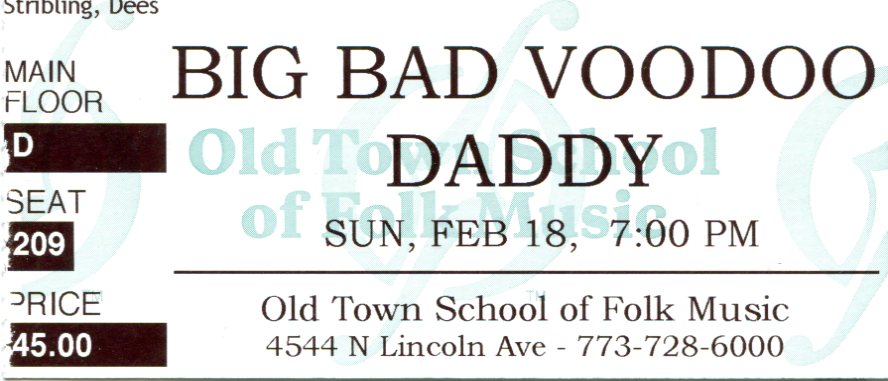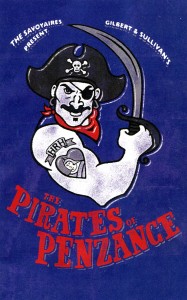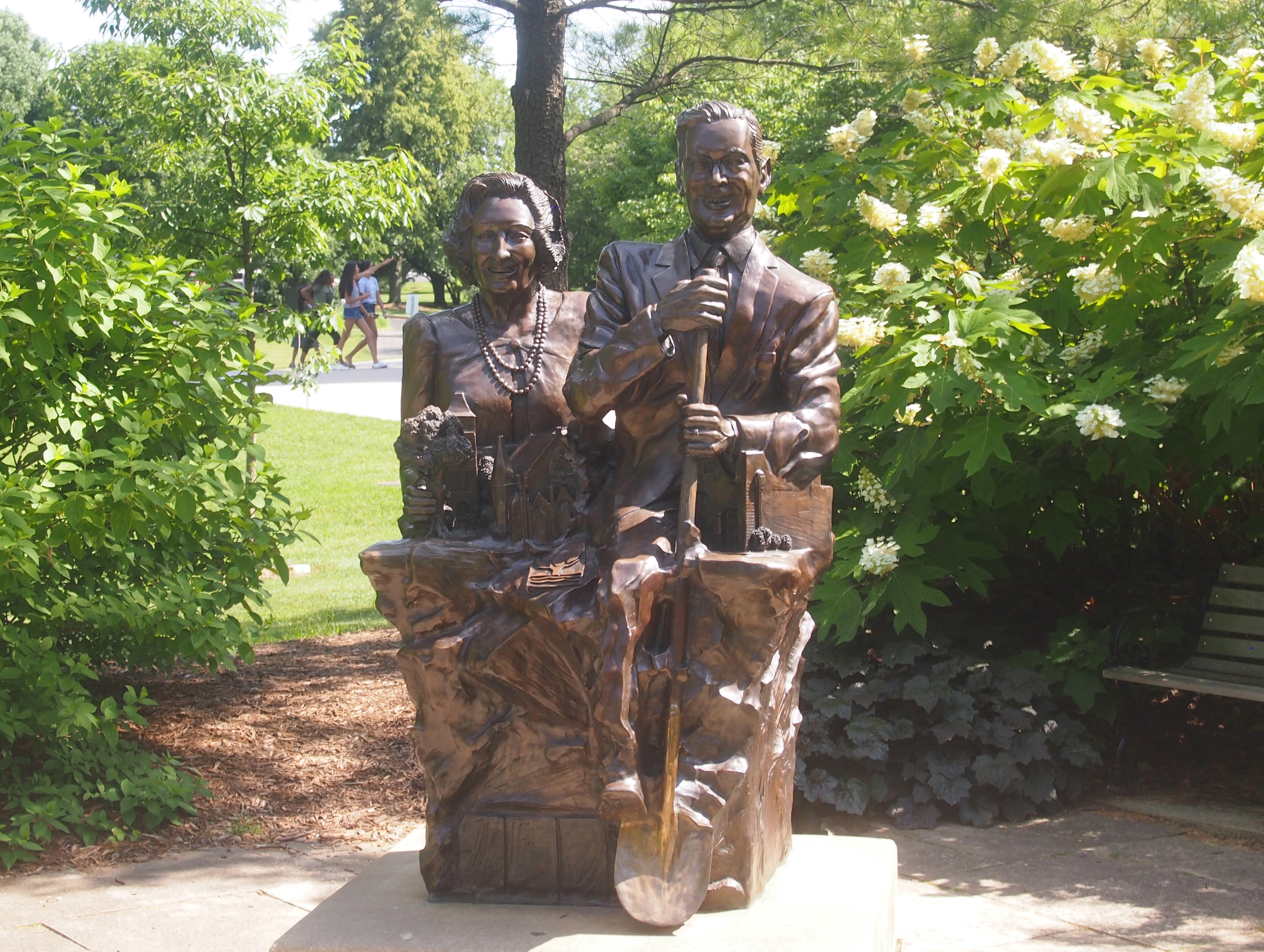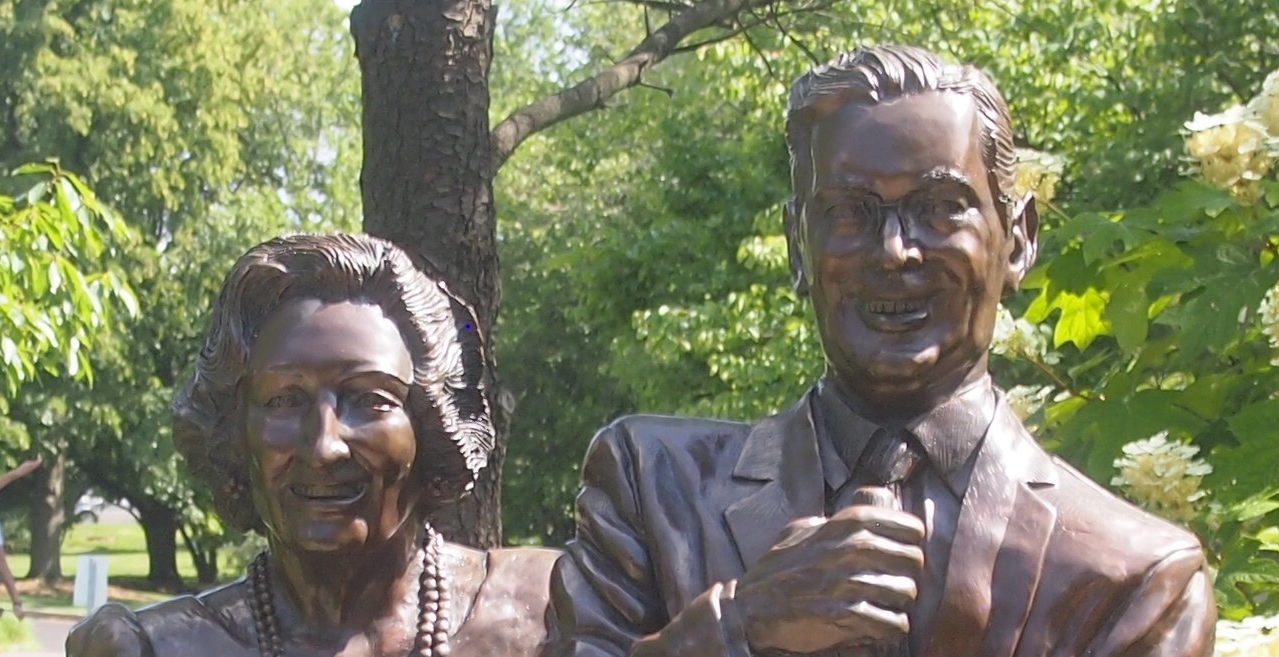When were driving through LaGrange, Texas, on the first day of the trip, I began to wonder. What’s this town known for? I know it’s something. Then I saw a sign calling LaGrange “the best little town in Texas.” Oh, yeah. Famed in song and story.
On the way to Buffalo Bayou Park in Houston, we took a quick detour — because I’d seen it on a map — to see the Beer Can House at 222 Malone St., a quick view from the car. Looks like this. Had we wanted to spend a little more time in Houston, I definitely would have visited the Orange Show. Ah, well.
We enjoyed our walk along Esplanade St. in New Orleans, where you can see some fine houses.
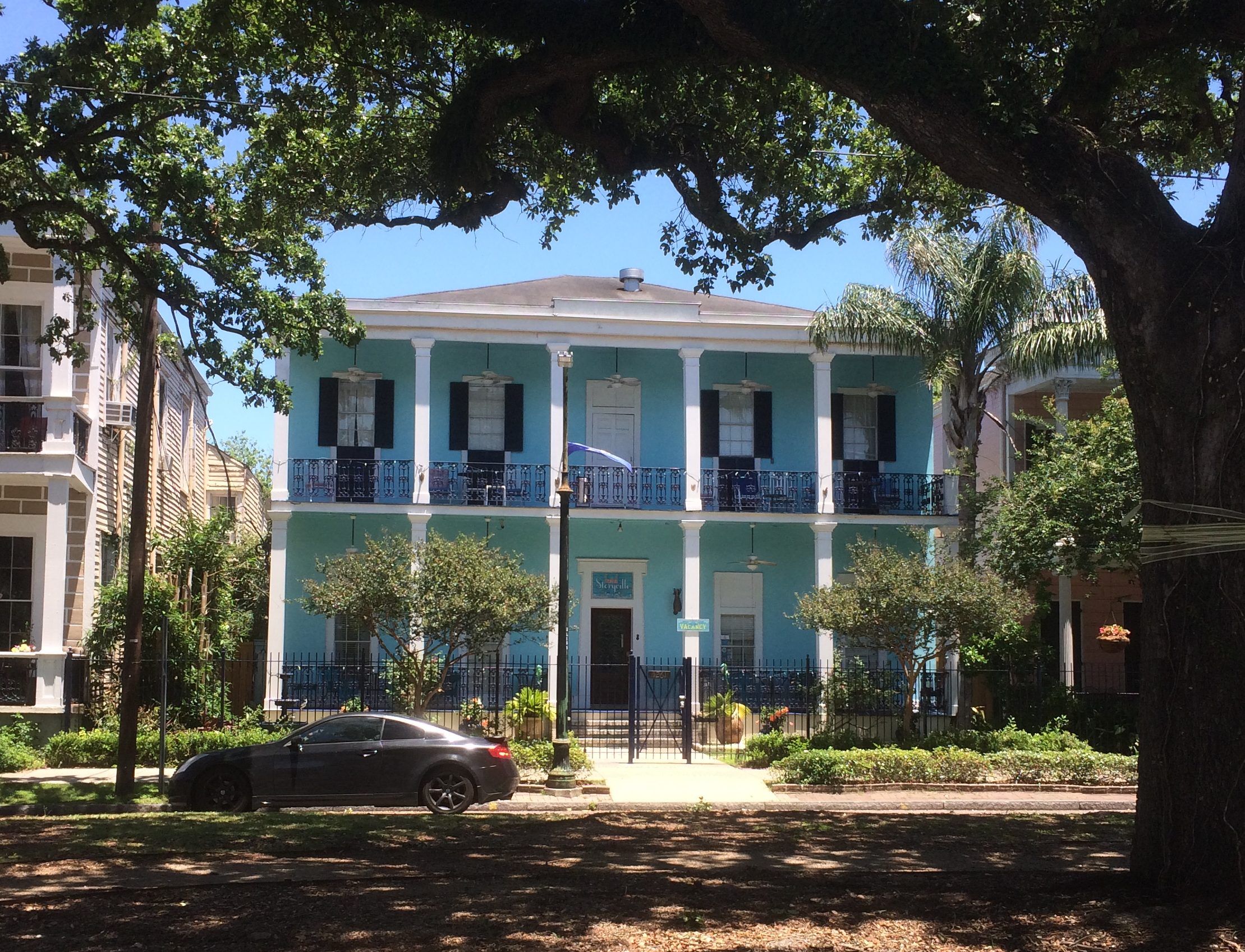 Plus efforts to thwart porch pirates. We saw more than one sign along these lines during our walk down the street.
Plus efforts to thwart porch pirates. We saw more than one sign along these lines during our walk down the street.
 We spent part of an evening in New Orleans on Frenchman St., which is described as not as rowdy or vomit-prone as Bourbon St., and I suppose that’s true, though it is a lively place. We went for the music.
We spent part of an evening in New Orleans on Frenchman St., which is described as not as rowdy or vomit-prone as Bourbon St., and I suppose that’s true, though it is a lively place. We went for the music.
At Three Muses, we saw Washboard Rodeo. They were fun. Western swing in New Orleans. Played some Bob Wills, they did.
At d.b.a, we saw Brother Tyrone and the Mindbenders. Counts as rock and soul, I’d say. Also good fun, though they were playing for a pretty thin Monday night crowd.
Adjacent to Frenchman St. is an evening outdoor market, the Frenchman Art Market, which we visited between the two performances. The market featured an impressive array of local art for sale, though nothing we couldn’t live without.
Something you see on U.S. 61 just outside of Natchez, Mississippi: Mammy’s Cupboard, a restaurant. More about it here.
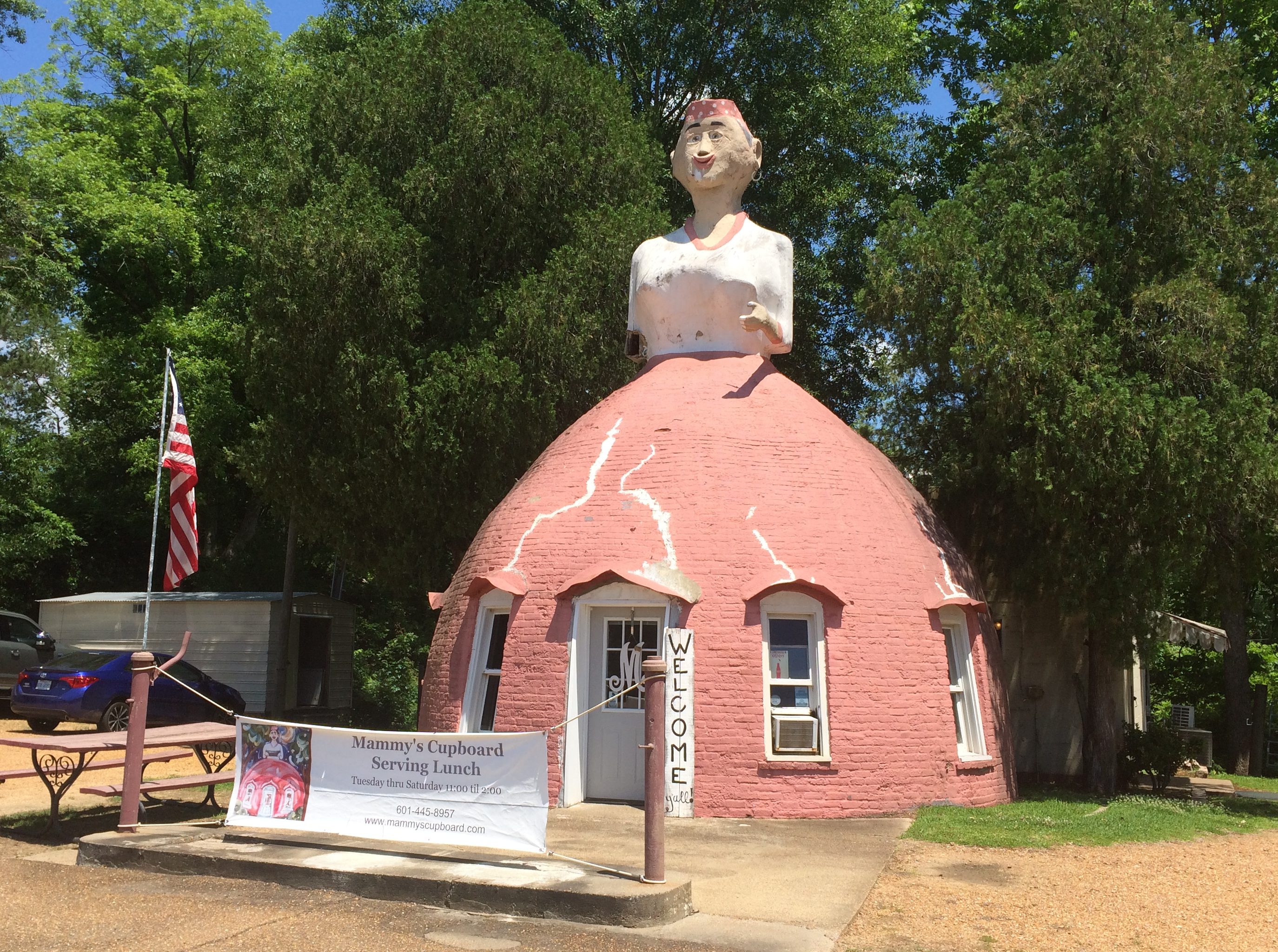 In Philadelphia, Mississippi, Stribling St. is still around. I don’t know why it wouldn’t be, but after nearly 30 years, I wanted another look.
In Philadelphia, Mississippi, Stribling St. is still around. I don’t know why it wouldn’t be, but after nearly 30 years, I wanted another look.
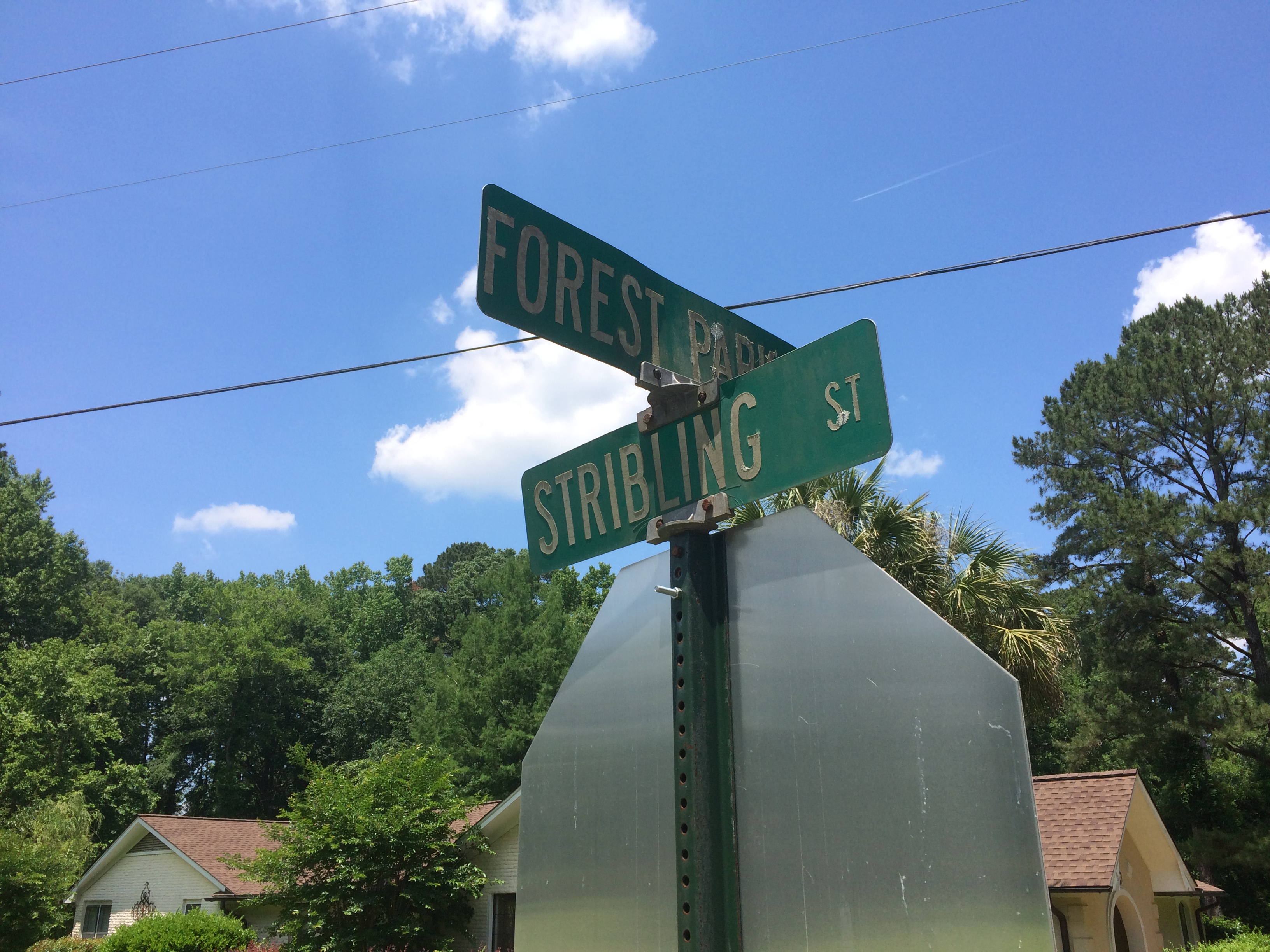 So is the local pharmacy run by distant cousins. Glad the chains haven’t spelled its demise.
So is the local pharmacy run by distant cousins. Glad the chains haven’t spelled its demise.

During our drive from metro Jackson, Mississippi, to Montgomery, Alabama — connected by U.S. 80 and not an Interstate, as you might think — we passed through Selma, Alabama. I made a point of driving across the Edmund Pettus Bridge, though we decided not to get out and look around. Remarkably, the bridge looks exactly as it does in pictures more than 50 years old.
In downtown Montgomery, you can see this statue. I understand the bronze has been around since 1991, but was only recently moved to its current site not far from Riverfront Park, the river of course being the Alabama.
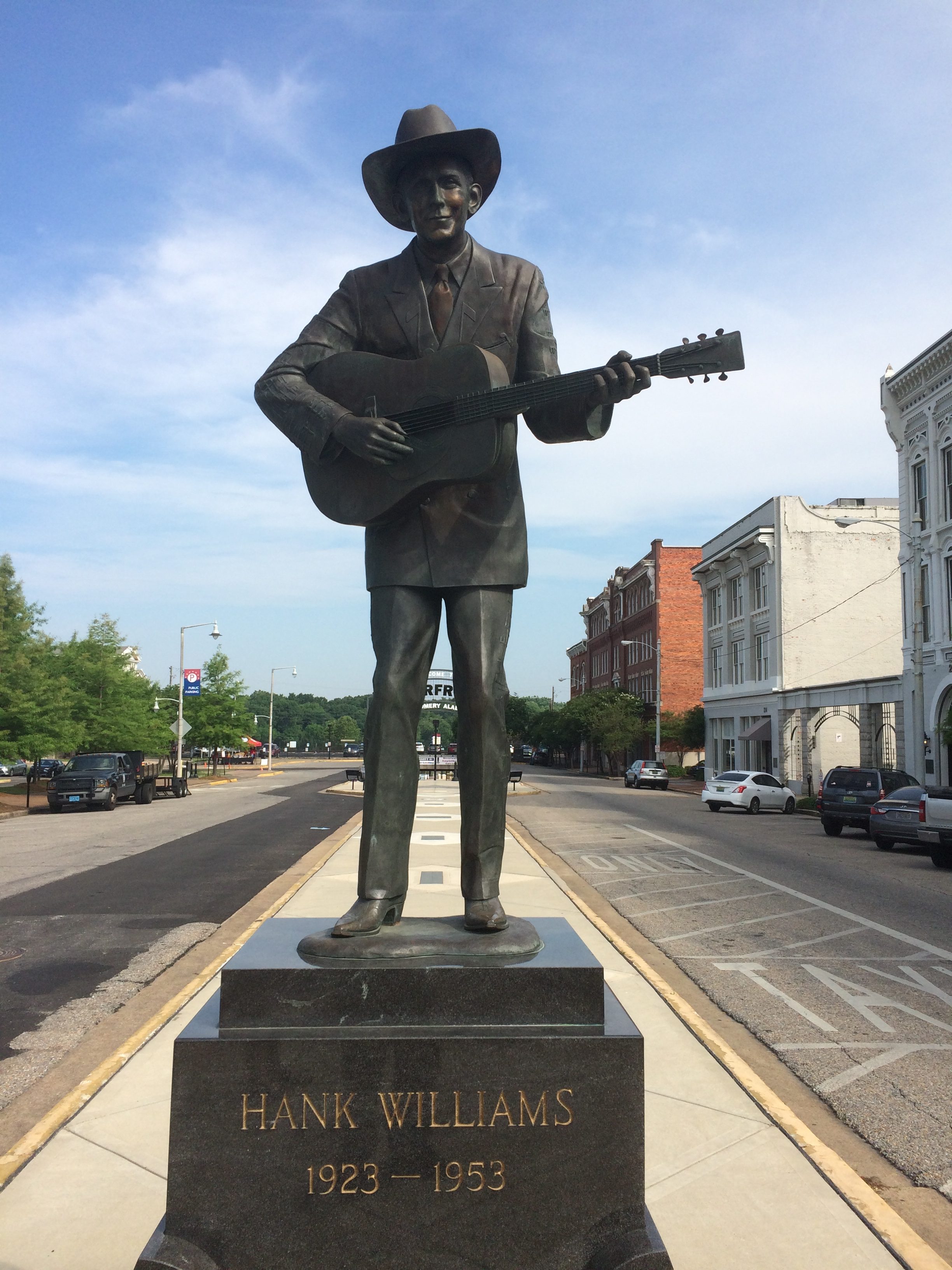 I’d forgotten native son Hank Williams died so young. Some singers die rock ‘n’ roll deaths, some die country deaths like Hank.
I’d forgotten native son Hank Williams died so young. Some singers die rock ‘n’ roll deaths, some die country deaths like Hank.
Speaking of death, early in the trip, I was activating my phone — whose dim algorithm always suggests news I seldom want to see during the process — and I noticed the name “Doris Day” in the feed. I figured that could mean only one thing. Sure enough, she became the first celebrity death of the trip.
I hadn’t known she was still alive. In fairly rapid order during the trip after Ms. Day, the reaper came for Tim Conway, I.M. Pei and Grumpy Cat. I didn’t know that last one, but Lilly did.
I remember a time that Tim Conway described himself as “the funniest man in the universe” on the Carol Burnett Show. We all took that as a comedian’s hyperbole. But what if he was right? What if some higher intelligence has made a four-dimensional assessment of human humor and come to that exact conclusion?
As for Doris Day, I will try to park as close to my destinations as possible in her honor for the foreseeable future (a term I remember hearing as long ago as the ’80s in Austin).
Also in Montgomery: the Alabama State Capitol. The Alabama legislature had been in the news a lot before we came to town, as the latest state body to try to topple Roe v. Wade. That isn’t why I visited. I see capitols when I can.
From a distance.
 Closer.
Closer.
 The capitol was completed in 1851, though additions have been made since then. The interior of the dome is splendid.
The capitol was completed in 1851, though additions have been made since then. The interior of the dome is splendid.
Actually, the Alabama House and Senate don’t meet in the capitol any more, but at the nearby Alabama State House, something I found out later. When we visited, the capitol’s House and Senate chambers seemed like museum pieces rather than space for state business, and that’s why.
Seems like hipsters haven’t discovered Decatur, Alabama, yet. But as real estate prices balloon in other places, it isn’t out of the question. The town has a pleasant riverfront on the Tennessee and at least one street, Bank St., that could be home to overpriced boutiques and authentic-experience taprooms.
 Of more interest to me was the Old State Bank, dating back to 1833 and restored toward the end of the 20th century. It is where Bank St. ends, or begins, near the banks of the Tennessee River.
Of more interest to me was the Old State Bank, dating back to 1833 and restored toward the end of the 20th century. It is where Bank St. ends, or begins, near the banks of the Tennessee River.
Even more interesting is the Lafayette Street Cemetery, active from ca. 1818.
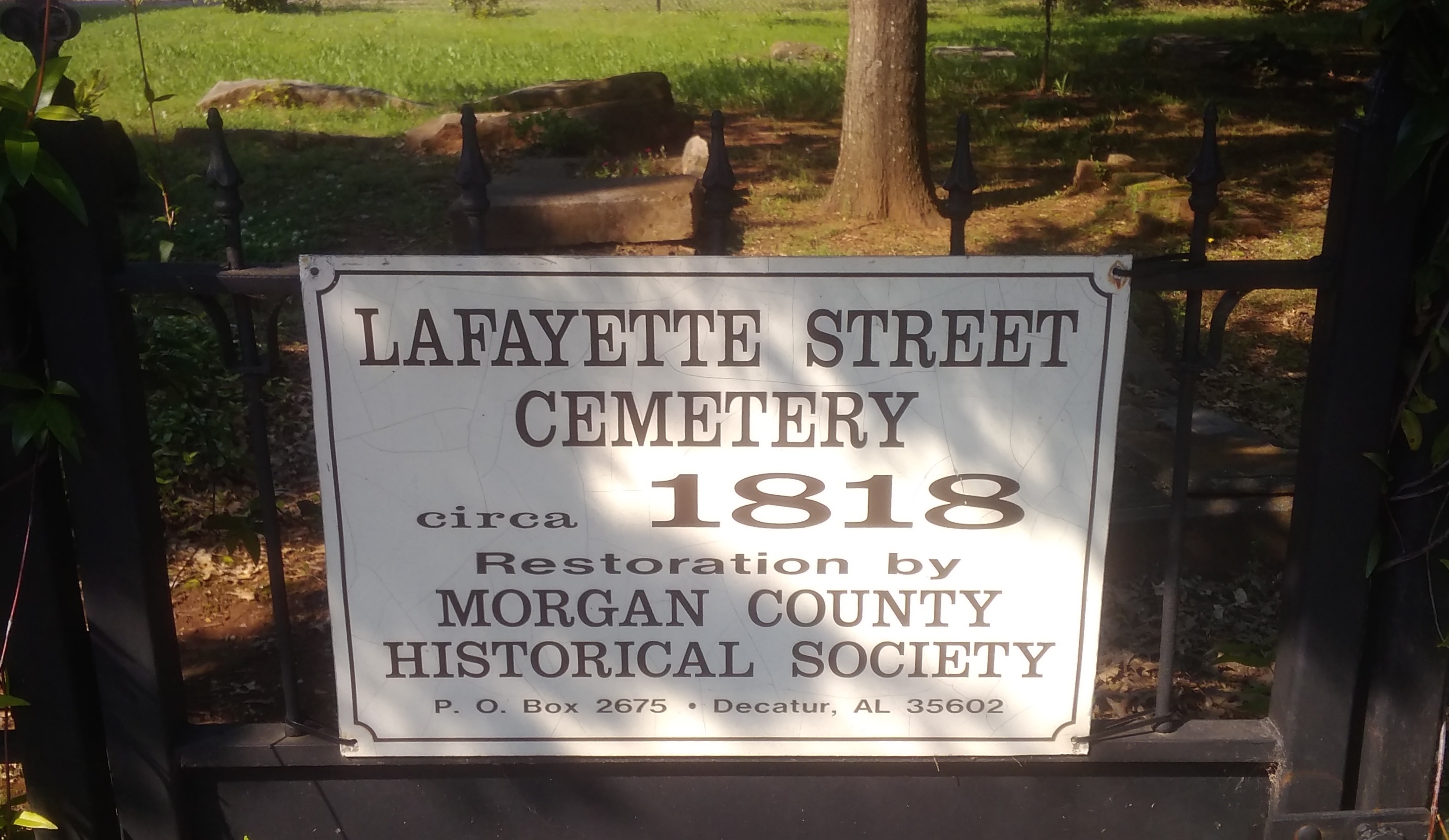 It’s more of a ruin than a cemetery, but I’m glad it has survived.
It’s more of a ruin than a cemetery, but I’m glad it has survived.


 During the entirety of the trip, there were plenty of random bits of the South to be seen along the way.
During the entirety of the trip, there were plenty of random bits of the South to be seen along the way.

 We also listened to a lot of Southern radio on the trip — something Lilly plans to avoid on future trips, Southern or not, with her Bluetooth and so on — and we had a little game whenever we tuned into someone discussing some social problem in earnest on a non-music, non-NPR station. The game: guess how long will it be before the discussion turns to God. It was never very long.
We also listened to a lot of Southern radio on the trip — something Lilly plans to avoid on future trips, Southern or not, with her Bluetooth and so on — and we had a little game whenever we tuned into someone discussing some social problem in earnest on a non-music, non-NPR station. The game: guess how long will it be before the discussion turns to God. It was never very long.

